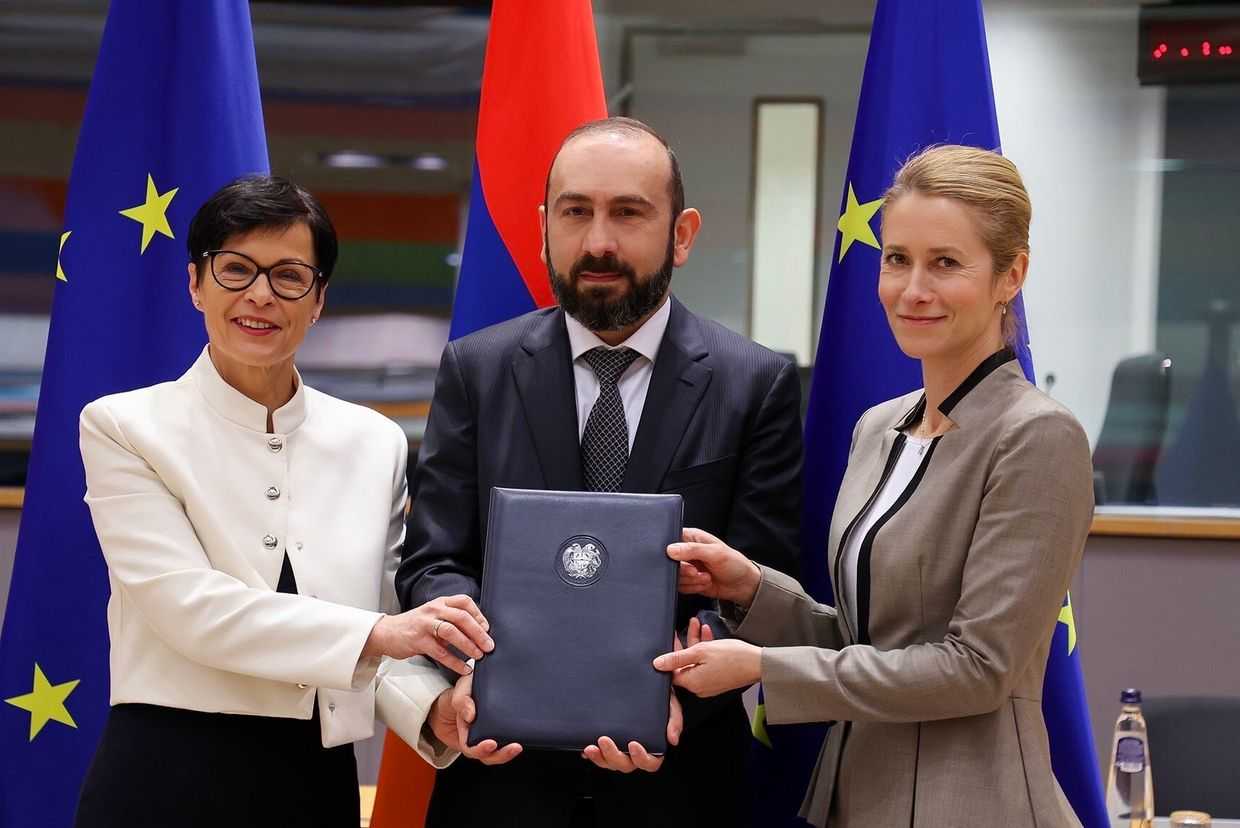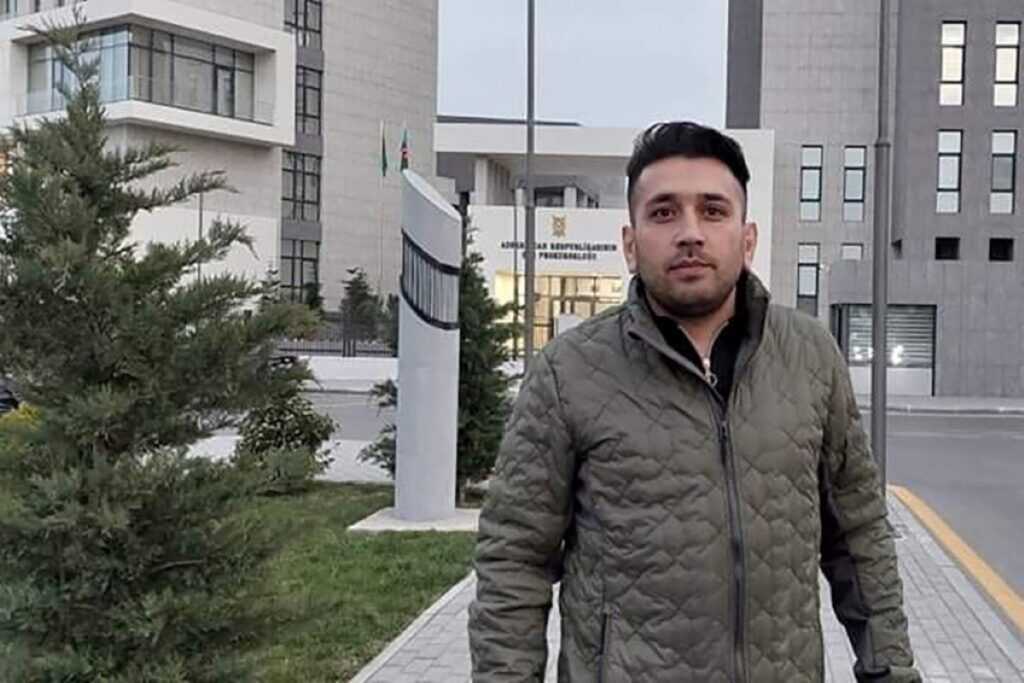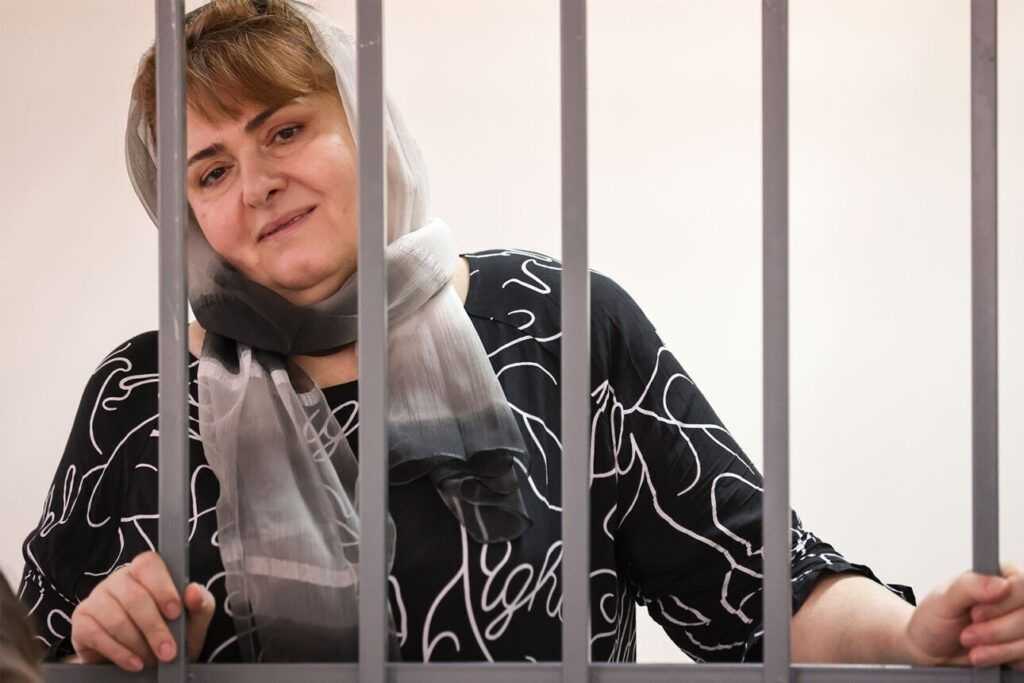Sonic geographies: How NOPA Festival turned Yerevan’s buildings into living soundscapes
More then 30 artists from Armenia and around the world collaborated to turn some of Yerevan’s spaces into a whole new sonic experience.

Over nine days in October, the NOPA Festival of sonic arts wove through Yerevan, inviting audiences into immersive performances, experimental music sets, installations, and workshops — challenging the boundaries between sound and architecture.
The festival unfolded across a mix of venues, from concert halls to Yerevan’s lesser-known public and cultural spaces: the UFO-shaped greenhouse in the Botanical Garden, the Northern Bus Station, and the Hayfilm Cluster — a creative hub and occasional electronic music venue located at what was once Soviet Armenia’s largest film studio.
More than 30 artists, musicians, and composers from Armenia and around the world interacted closely with these spaces to create a whole new sonic experience. At the heart of the festival was its artistic director Varoujan Chetirian, a Berlin-based Swiss-Armenian sound artist and researcher.
‘Sonic art explores the relationship between sound, space, emotion and identity’, Varoujan explains to OC Media. ‘It’s broader than music’.
‘Each event had its own story […] In the last decades a lot of things happened: [in Armenia], the empire fell down, a war, revolution — and the buildings carry the memory of each of these events’.
Silence, Otherwise: The Cascade Memorial

One of the festival’s most striking venues was the Memorial to the Victims of Soviet Repression, a monument dedicated to victims of Soviet-era killings and deportations.
Even though it sits atop Yerevan’s famous Cascade, until recently, it was largely absent from public awareness — unmarked on maps and rarely mentioned in guides.
The memorial is a brutalist, stark, almost bunker-like structure. A single slab bears an inscription from Armenian writer Yeghishe Charents’s poem Frenzied Masses: ‘To all your souls on fire’. Charents himself was executed during Stalin’s purges in 1937.
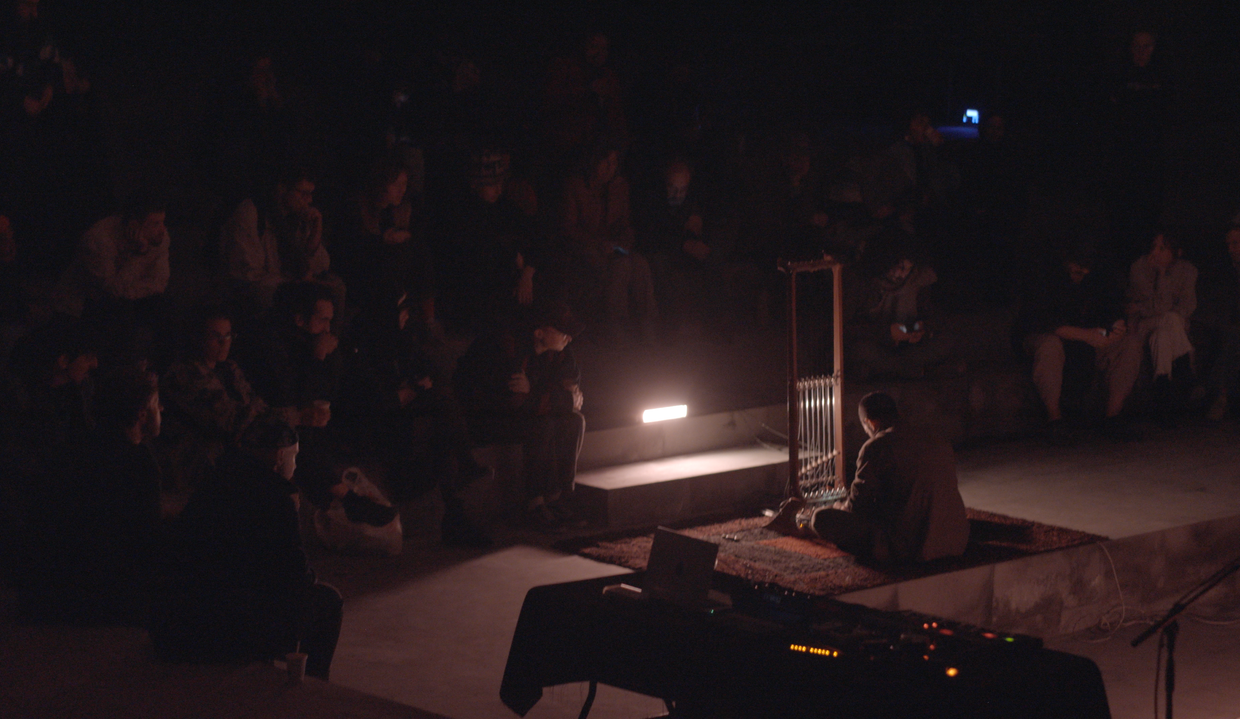
For Varoujan, bringing sound to such a sacred space ‘was like touching the centre [of one’s emotions]’. By introducing music into the memorial, the festival challenged the idea that grief must remain silent.
‘In Armenia, music is either for weddings or parties — or not at all’, he explains.
He notes that in 2023, during Azerbaijan’s nine-month blockade of Nagorno-Karabakh ahead of its last final offensive on the region, ‘no one played music’ in Armenia, ‘not even in a taxi’.
‘If you hear it, it’s like, how can you have fun?’.
Yet, he emphasises, music is not just for when you are happy: ‘In dark times, music is a resource for emotional support. It can heal, connects people’.
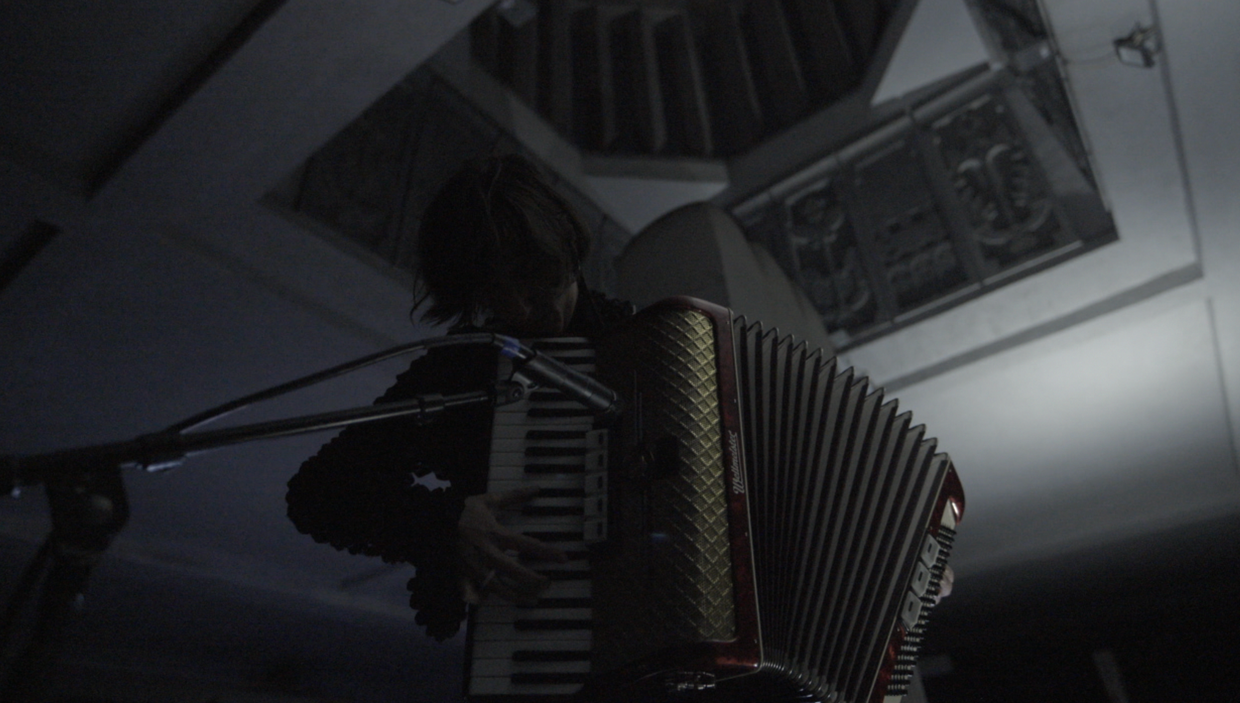
Inside the memorial, instruments produced low hums. The music was stark, meditative, almost ritualistic, forcing listeners to slow down and feel the weight of the place.
Among the performers, Varoujan highlights the inclusion of Georgian artist Nino Davadze from Tbilisi’s Mutant Radio in the line-up, noting that the memorial still today ‘resonates with Georgia’s political situation’, referring to the Georgian government’s increasing repression towards civil society and media.
An Acousmonium in a greenhouse

The festival’s main venue was a UFO-shaped greenhouse in the Yerevan Botanical Garden. For a week, it hosted 50 speakers, hidden amongst the greenery.
‘There were 3000 metres of cables’, Varoujan recalls.
The artists collectively built an Acousmonium — an orchestra of loudspeakers acting as a sound diffusion system — inside of the greenhouse. The concept was inspired by French composer François Bayle’s Acousmonium from the late 1970’s.

‘Bayle wanted to compete with an orchestra. So his idea was to make hundreds of speakers and diffuse music. [...] Some speakers do high frequencies, some do low frequencies […] It’s a little living organism’, Varoujan explains.
However, an old school Acousmonium is expensive. Therefore, Varoujan says, they went to markets, went online, and found a lot of ‘trashy’ speakers to use instead.
‘Almost all the speakers you heard in the botanical garden were upcycled, restored speakers from Armenia’, he says.

Walking through the botanical garden was a meditative, almost disorienting experience. Sound emerged from unexpected corners, weaving through the plants and around visitors.
‘The Botanical Garden was more about sensitivity, chilling the space, and filling the space’, Varoujan notes.
Yerevan’s Northern Bus Station
Because sound art has no strong institutional tradition in Armenia, Varoujan says, the festival’s organisers wanted to ‘encourage local artists, researchers, and curious minds to experiment with it themselves’.
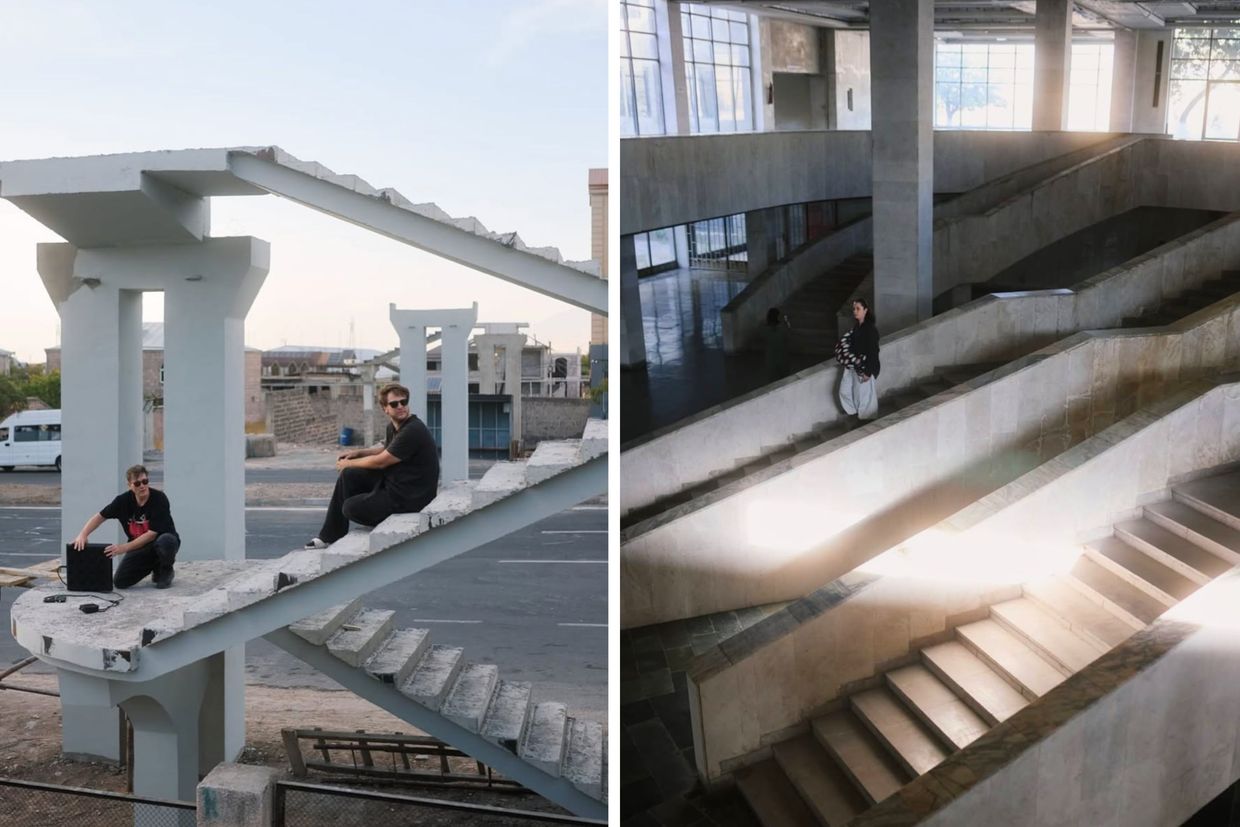
One of the workshops took place inside Yerevan’s Northern Bus Station — a modernist landmark on the city’s outskirts that still serves regional routes to places like Sevan and Dilijan, though visitors often describe it as half-empty and under-used. Participants spent hours listening, recording, and experimenting with the building’s acoustic textures, discovering how sound can reveal hidden layers of space.
The station also hosted a performance by Swiss–Turkish sound artist Can Etterlin (Abican).
‘His ancestry is from eastern Turkey,’ Varoujan explains, noting that the region carries a ‘heavy, complicated history of forced conversions — for example, Kurds who were Turkified, Armenians who were Turkified’, largely as a result of the Armenian Genocide.
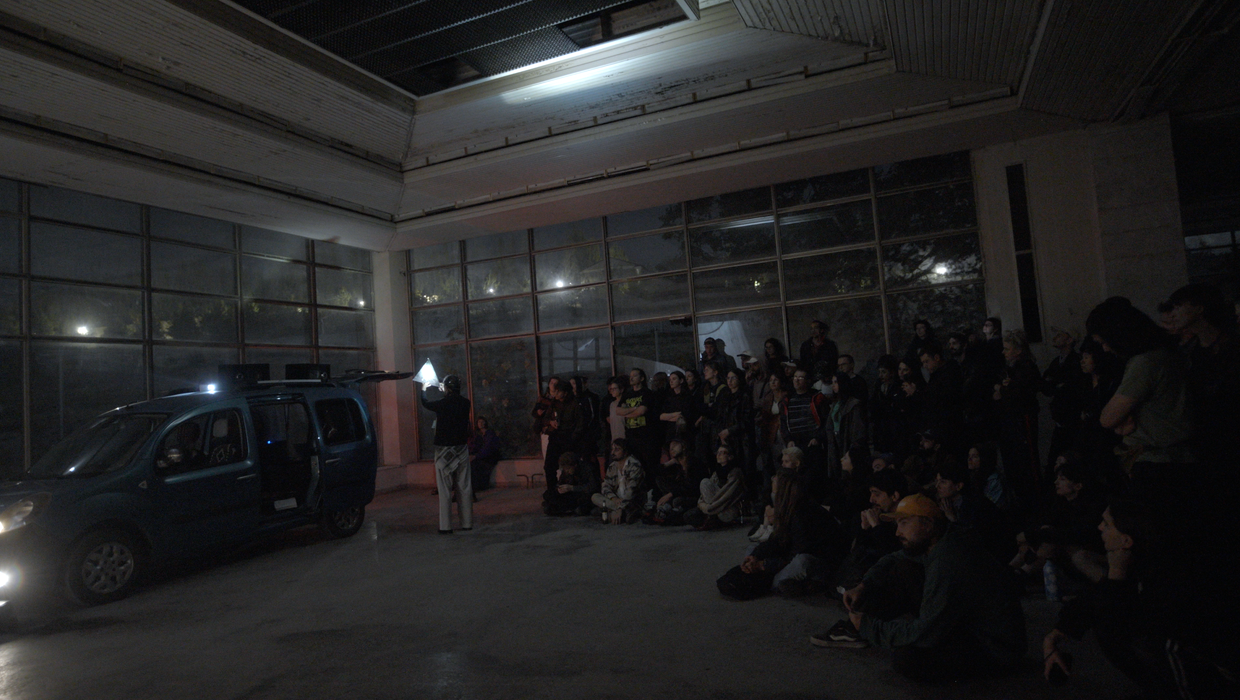
While tracing his family’s mixed heritage, Abican drove from Switzerland to Armenia, recording sounds along the way.
‘He made a whole trip, searching for his roots,’ Varoujan says. ‘His passport represents him — Swiss passport, Turkish origin, speaks Turkish — but where is home from a feeling perspective?’.
Abican’s car, which he transformed into a mobile concert and projection space, became part of the performance itself.

For Varoujan, the most memorable moment came not from the audience or critics, but from the bus station’s guard.
‘At the end, the guard — around 50 years old, Armenian, not used to this kind of weird stuff — asked me, “So what was this all about?” ’, Varoujan recalls.
‘He listened to the story and said, “Dude, it’s so good the young generation is interested in these stories”. I didn’t expect that. I thought he’d say, “Weird, you bring a Turkish artist to Armenia”. But instead he said, “My family also comes from that region”. For me, that was the most satisfying thing’.
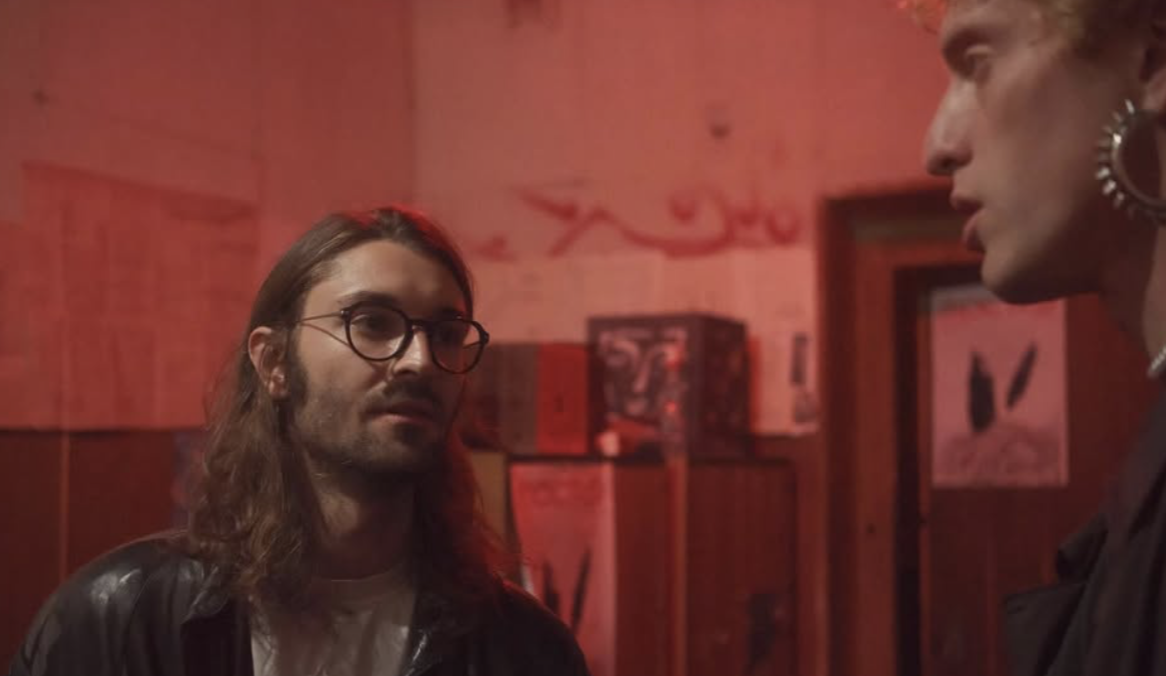
With plans already underway for next year, NOPA is set to return, inviting audiences to wander, listen, and discover more sounds and stories that Yerevan’s architecture has been waiting to tell.
‘I am definitely going to continue finding these spaces. It’s one of the most fun parts for me’, Varoujan says.




